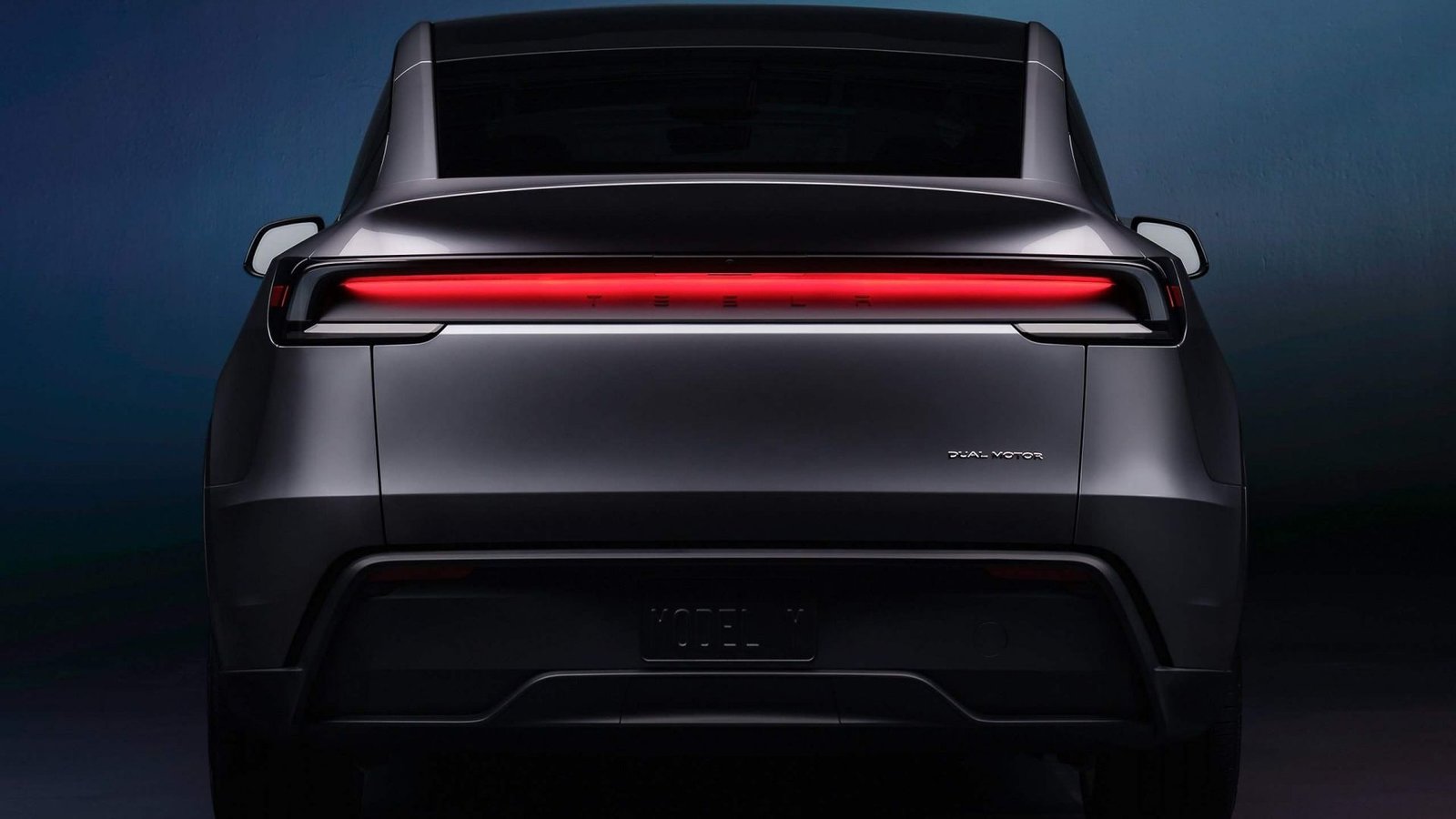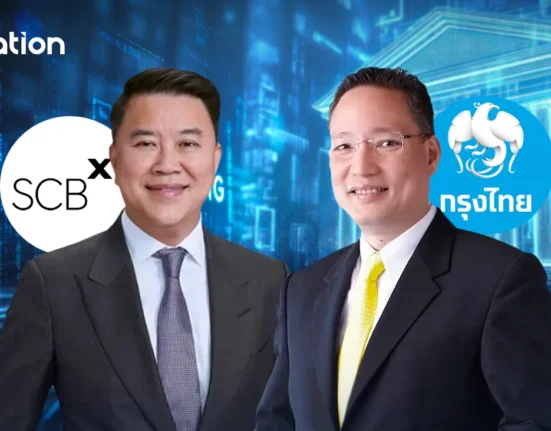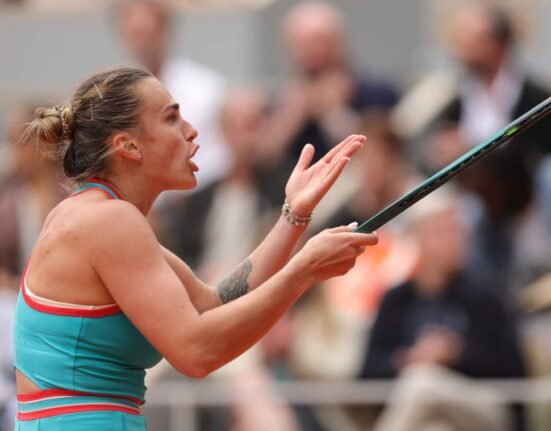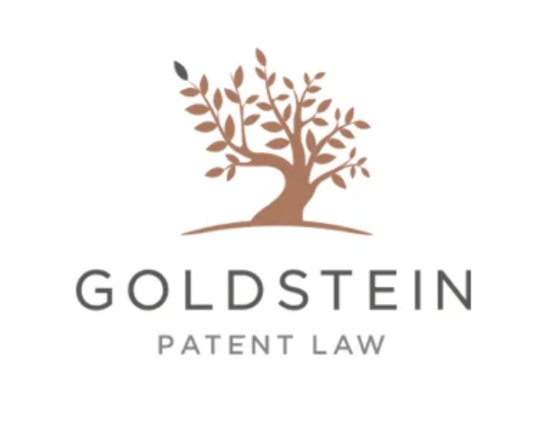Nothing is for free, say the skeptics. And more often than not, they’re right. “No strings attached” often means “some strings attached” or “Well, yes, there are no strings per se, but we’ve used nylon and that’s not really string, you see”.
And yet, just this month we had Renault releasing their patented Fireman Access system for free to anyone who wants it, in an unprecedented move that seems generous in the extreme.
Unprecedented? Well not really. It may surprise you to hear that this type of generosity has occurred before and every modern car carries multiple examples of it. We thought we’d have a look at a few instances where automakers have released their patents for free use simply to make the world a better, safer place. Kind of.
Giving away patents is a cool move, so let’s be clear: we’re not casting shade on anyone who did so, whatever their motives. There are very few examples of this happening, and all of them are listed here.
What Renault Did
Renault came up with a solution to the burning battery issue and then released it to car manufacturers and parts suppliers via a free licensing policy. Basically, this patented Fireman Access system is just that: access (to the battery) for firefighters. An adhesive disc is placed over an opening on the battery. Because it would be too hot to get close to, firefighters would be able to remove the disk with a jet of water from their hose, thus allowing water into the battery cells to prevent thermal runaway.
Needless to say, it’s vital that fire services get on site quickly, as once the fire is in the battery cells, it’s almost impossible to stop until it has burnt out. Nevertheless, it’s a huge step forward and kudos to Renault for releasing the technology that will save property and firefighters’ time. As we’ve seen before, firefighters have had to do some wild things to put out electric vehicle fires. Like digging a hole and drowing a Tesla Model S.

Related
This Could Be The Biggest Move In Car Safety Since Volvo Gave Away The Setbealt
Renault wants to make your car safer, no matter what brand is on the hood.
Obviously, no one is obligated to adopt the technology, but seeing as this is a problem that has had electric vehicle manufacturers scratching their heads, they’d be silly not to. Who knows, we might soon be seeing it in the Volkswagen ID.7 or the Porsche Taycan.
What Volvo Did
The three-point seatbelt arose out of somewhat tragic circumstances. The story goes that Volvo’s president, Gunnar Engellau, lost a family member to a road accident that the seatbelt of the time – the two-point seatbelt which strapped you in over your lap but did nothing to stop your top half flinging forward – failed to protect them from.
The two-point seatbelt was, until the ’50s, the seatbelt of choice because, quite simply, there wasn’t anything better. Let that be a lesson to everyone: it was the accepted norm, but someone thought “this isn’t working very well, let’s improve it”.

Related
Volvo Invented The Most Important Safety Feature Ever, Then Gave It Away For Free
In 1958 a young Volvo engineer started working on a simple but geometrically revolutionary safety feature. Now every car in the world uses it.
And they did. Introducing something new can be scary, and you may be laughed at. But what if it works?
It did work.
It has been proven that a seatbelt can reduce the chances of injury and death by 50%. Volvo had done their homework, and they knew that they were sitting on a potential goldmine. And they released the patent, making it free for anyone and everyone to use. Volvo lost millions from this decision, possibly billions, but they didn’t go away completely empty-handed. Their reputation as the manufacturer that put humankind first remains, as does their reputation for safety. It’s so obsessed with safety that it even has a dedicated team of accident investigators that do a better job than the Feds.
Tesla And Toyota
Toyota and Tesla have also been generous. Elon Musk made a pledge in 2014, opening up many of his company’s electric vehicle technology patents.
“If we clear a path to the creation of compelling electric vehicles, but then lay intellectual property landmines behind us to inhibit others, we are acting in a manner contrary to that goal,” he said at the time. “Lowering emissions is a global objective and Tesla aims to collectively attain this goal by opening up its electric vehicle technology patents for a wider use.”
Toyota, too, granted royalty-free licences in 2019 on nearly 24,000 patents it holds for technologies related to vehicle electrification, particularly those in hybrids.
Electric motors, power control units, and system controls were all on the table, with the grant period running until the end of 2030.
“By granting royalty-free patents and providing technical support for our vehicle electrification systems, we hope to further promote the widespread use of electrified vehicles,” Toyota said in 2019. “In so doing, we hope to help governments, automakers and society at large accomplish goals related to climate change.”
Out Of The Kindness Of Their Hearts?
Kindness? Well… yes and no. Let us in no way take away from their generosity, but both the Toyota and Tesla programs mention requirements and some hidden costs.
Toyota’s agreement mentioned “fee-based technical support” that they would provide. It was clear that while the technology was available, understanding it was nigh-on impossible for most. Toyota would thus gain something out of the deal.
There was also the requirement to enter into a license agreement with them. It was suspected that this agreement would include well-defined terms favorable to Toyota as the licensor, including a “grant-back” provision to transfer ownership of or, at least, limit control of any inventions developed by the licensee relating to the technology of Toyota’s royalty-free patents. It isn’t inconceivable, then, that a supplier (working with a Toyota royalty-free patent for a component) makes an improvement that they are then obligated to assign the invention to Toyota or, at least, be obligated to license the invention to Toyota.

Related
A Rival Automaker Is Helping BMW Keep Its Hydrogen Promise
BMW and Toyota are expanding their partnership, but don’t worry – there won’t be a BMW-badged Toyota anytime soon.
Tesla’s program differed from Toyota’s in that Musk’s pledge stated “[Tesla] will not initiate a lawsuit against any party for infringing a Tesla Patent through activity relating to electric vehicles or related equipment for so long as such party is acting in good faith.” However, there’s ambiguity there. What is “acting in good faith” for example? That’s open to interpretation, surely?
Tesla indicates that users of its royalty-free patents are not only prohibited from disputes with Tesla over patent infringement, but also over any other form of IP misuse, including trademark and copyright infringement, and trade secret misappropriation.
If you’re even more skeptical, as the writers at Medium.com clearly were, you’d say Musks reasons for opening up his patents were even less generous. As they state in their article The Genius Behind Tesla’s Patent Giveaway: How Elon Musk Played the Game to Win Big, Tesla faced two significant obstacles at the time of his giveaway: the EV market was too small and charging infrastructure was lacking. By opening up patents, he solved both of these problems while ensuring his company always stayed ahead of the game.
Sources: ABC news, Toyota Mag, Medium.com, CN Traveller











